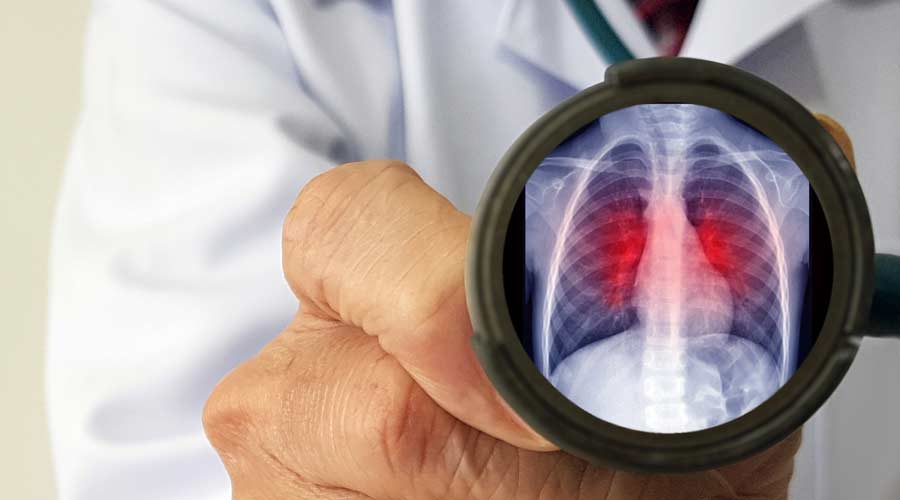
As the weather turns cold and indoor gatherings are set to skyrocket over the holidays, plenty of attention is being paid to minimizing the effects of the flu and COVID-19. While crucial, facility cleaning managers and building service contractor (BSCs) should also be on alert for the rise of respiratory syncytial virus (RSV).
According to the Centers for Disease Control and Prevention (CDC), RSV typically can be recovered from within two weeks — but as the leading cause of both pneumonia and bronchitis this virus can be especially detrimental for older adults and infants. For those tasked with keeping childcare centers, schools and senior hospitality facilities clean and safe, it’s important to know the key symptoms of RSV and how it can be prevented through infection control and cleaning protocols.
Key Symptoms and Transmission
The most prominent symptoms of RVS include fever, sneezing, coughing, wheezing, runny nose, and a decreased appetite as noted by the CDC. It’s important to note that in infants, however, it could be limited to decreased energy, difficulty breathing and irritability. There is no official cure for RSV at the moment, although vaccines are in progress. In the meantime, those infected should drink plenty of fluids, consider over-the counter medication to relieve pain or fever — but for children, healthcare providers should be consulted before taking non-prescription options as some ingredients can be harmful. Immediate action at the onset of symptoms can be pivotal toward RSV not developing into bronchitis or other diseases.
Transmission of RSV is very similar to COVID-19, including through droplet transmission from sneezes or coughs into the mouth, nose or eyes. Direct skin contact, as well as surface contact on high-touchpoint such as doorknobs can also transmit RSV — especially when precautionary measures such as hand washing or hand sanitizer usage are not taken. On hard surfaces, RSV can survive for hours. It can last on soft surfaces as well, albeit for shorter spans on-average.
The average timespan of contagion for those affected ranges between 3-8 days, although RSV can be spread two days before initial symptoms begin. Immunocompromised people run the risk of spreading symptoms for up to four weeks, however.
Prevention Tips
Many of the primary methods to prevent RSV are conventional to any other cold-related illness. Covering sneezes or coughs with an upper-sleeve or tissue when possible is ideal instead of using one’s hands. Research indicates the virus can last on hands for more than 30 minutes — making handwashing pivotal with warm water and antibacterial soap for a minimum of 20 seconds (click here for a quick refresher on proper hand washing technique). For cleaning crews, frequent touchpoint disinfection is the primary task at-hand for lowering risk in facilities, including doorknobs, handrails, elevator buttons, sink handles, elevator access buttons, printers/photocopiers, and kettles or coffee machines.
On hard surfaces, RSV can be eradicated by initially using a mix of water and detergent, then following it up with a one-to-ten dilution of water and 5.25 percent bleach. Alternative cleaning options include the use of EPA-approved hospital grade disinfectants, many of which are also used to kill COVID-19. These disinfectants are commonly neutral pH quaternary options. For additional guidance on what particular options are both effective in eradicating the virus and safe for occupants, EPA's List N and List G can provide vetted clarification. It's key, however, to carefully read and follow the instructions on each product label, as dosages, dwell times and recommended frequencies can vary.
For additional tips on properly cleaning RSV and similar enveloped viruses such as COVID-19, click here.

 The Down and Dirty on Cleaning in Virus Season
The Down and Dirty on Cleaning in Virus Season How Surfactant Use is Expanding in Commercial Cleaning
How Surfactant Use is Expanding in Commercial Cleaning